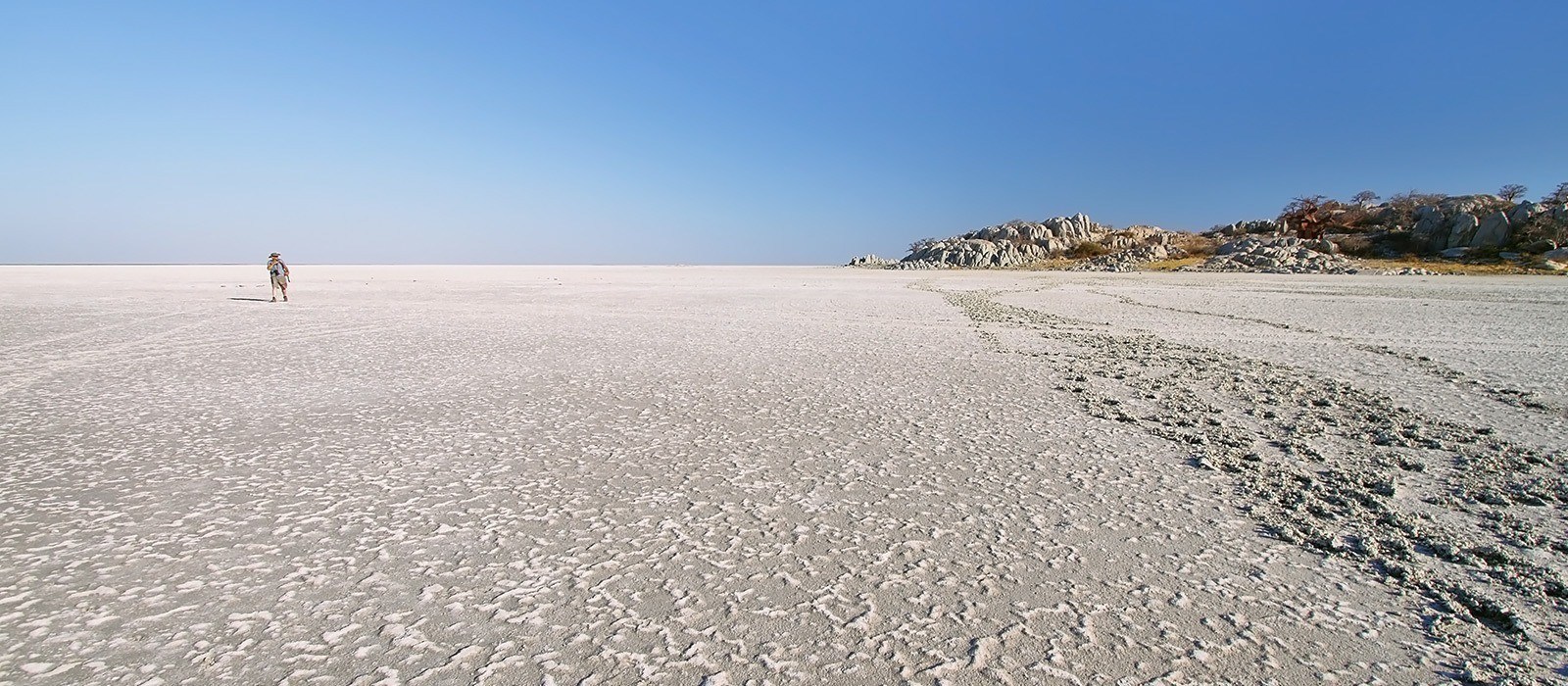
Kalahari Salt Pans Top Reasons Why You Should Visit This Place
An adventurous introduction to Botswana blending prolific wildlife, incredible landscapes and varied activities staying at relaxed camps in the Chobe Enclave, a community-owned reserve bordering the Moremi, and Makgadikgadi Pans. Visiting Kalahari Salt Pans, Moremi and 1 other area US$7,540 - US$11,910 per person

Salt flats of Botswana
Why visit the Makgadikgadi Salt Pans in Botswana? Looking for a wildlife safari destination with a difference - look no further than the astounding salt pans of Makgadikgadi Richard African Specalist Published on 22 Feb 2021 Updated on 28 Feb 2023 Share article on
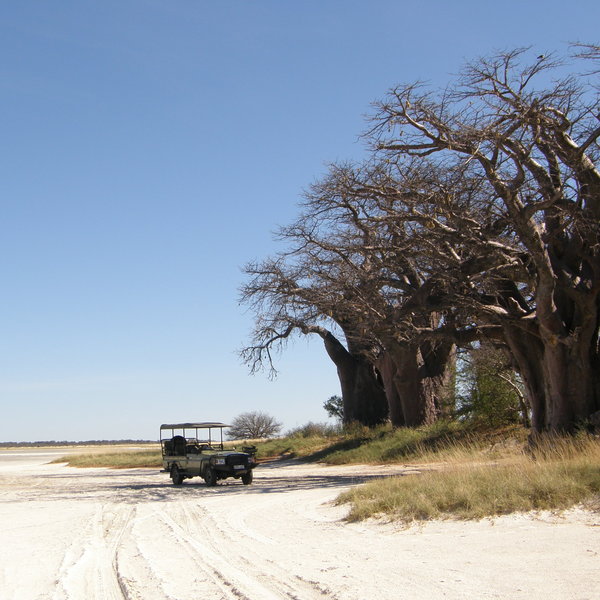
Kalahari's Salt Pans Botswana picture gallery
Camp Kalahari is the most basic of the three, and the most affordable. It has a traditional thatched living/dining area with earth floors and 11 twin-bedded Meru tents, each with an open-air bathroom, hot/cold running water and a flush toilet. ( Read more about Camp Kalahari.

Salt Pans Nxai Pan National Park Botswana HighRes Stock Photo Getty Images
The Makgadikgadi Pan / məˈkædiˈkædi / ( Tswana pronunciation [makχʰadiˈkχʰaːdi] [needs tone] ), a salt pan situated in the middle of the dry savanna of north-eastern Botswana, is one of the largest salt flats in the world.
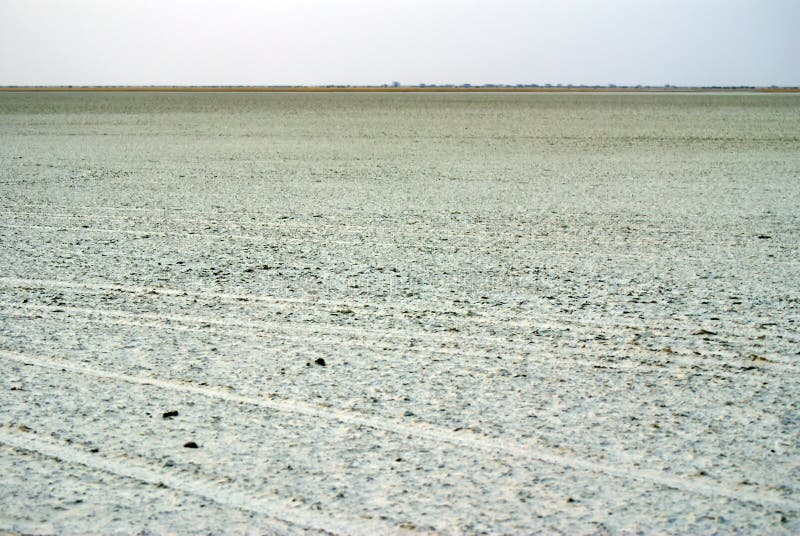
Salt flat in Botswana stock photo. Image of tracks, southern 125572270
Nxai Pan National Park is a national park in north-eastern Botswana, consisting of Nxai Pan, which is one of the Makgadikgadi Pan salt flats. Nxai Pan National Park lies just north of the Maun - Nata main road and adjoins Makgadikgadi Pans National Park on its northern border. The pan itself is a fossil lakebed about 40 square km in size. [1]

Cracked grey and white soil of giant dry salt flat or salt pan in Botswana, Southern Africa
The best way to visit these Botswana salt flats is to go to the Makgadikgadi Pans National Park. The park was declared in 1970 and covers an area of 4 900 square kilometres. Visitors will marvel at the plains surrounding the pans, which are dotted with oryx, ostrich, and even lions.

Aerial View of Sunset Over Tshitane Salt Pan in the Salt Flats Area of Kalahari, Botswana
The Vast Salt Pans Wildlife Walking with the San Bushmen Quad Biking Sleepouts Trip Notes The Vast Salt Pans Two million years ago, the Makgadikgadi, in northern Botswana, was a lake the size of Switzerland. Over thousands of years, it dried up forming a vast salt flat, one of the largest in the world and surrounded by the Kalahari Desert.
:max_bytes(150000):strip_icc()/botswana-jacks-camp-plunge-pool-QUADSWANA0722-b34851bf75e1468f99cf8c7112d83b26.jpg)
I Quad Biked 250 Miles Across Botswana's Salt Flats — Here's How to Plan Your Own Epic Adventure
The Makgadikgadi Pans are not just a place for experiencing game drives and the usual safari, but to get a very concrete idea of what true remoteness and absolute isolation means. Even while staying on a safari lodge outside the pans, I thought to be completely isolated from civilization. All the electricity used came from solar panels and to.
:max_bytes(150000):strip_icc():gifv()/botswana-quad-biking-salt-flats-QUADSWANA0722-e0357d35de764cad9710dd4e5f766eba.jpg)
I Quad Biked 250 Miles Across Botswana's Salt Flats — Here's How to Plan Your Own Epic Adventure
The salt pans are salty remains of the ancient African Lake Makgadikgadi situated in present-day Botswana. Little is known of its origin; however, scientists deduced that the lake came to existence by a rift-flank uplift along the Chobe Fault across the Zambezi River course way.

Salt flat in Botswana stock photo. Image of tracks, southern 125572270
The Makgadikgadi Pans National Park is a salt pan - with an area of 3,900 kilometers. Situated in the middle of the dry savanna of north-eastern Botswana. However, it is one of the largest salt flats in the world. Lying south-west of the Okavango Delta and surrounded by the Kalahari Desert. Makgadikgadi Pans National Park comprises nutritious.
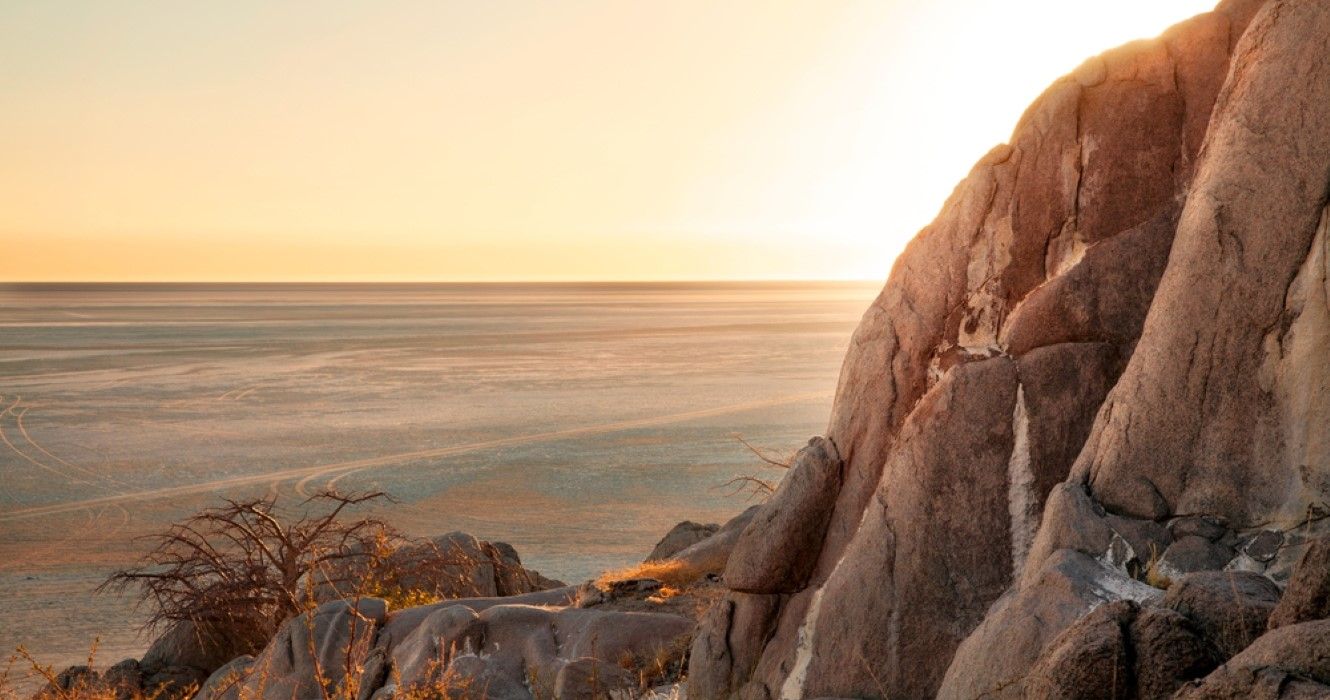
What To Know About Africa's Largest Salt Flats (& How To Visit)
Called the Makgadikgadi Pans (or the Botswana Salt Flats) these white, salt-crusted flats are spread over 40,000 sq. km of north-eastern Botswana. The start of the Makgadikgadi Pans is pointed out by the sign pointing visitors to the salt flats. The flats are found in the middle of Botswana's Kalahari Desert and are actually made up of.

Makgadikgadi Pan Makgadikgadi salt flats, Botswana gigglesyee Flickr
Botswana's salt pans are among the largest on earth. For those who make the journey for this unique African safari, the reward is a sense of absolute isolation and remoteness against the backdrop of some of Africa's most hauntingly beautiful landscapes. Salt of the earth
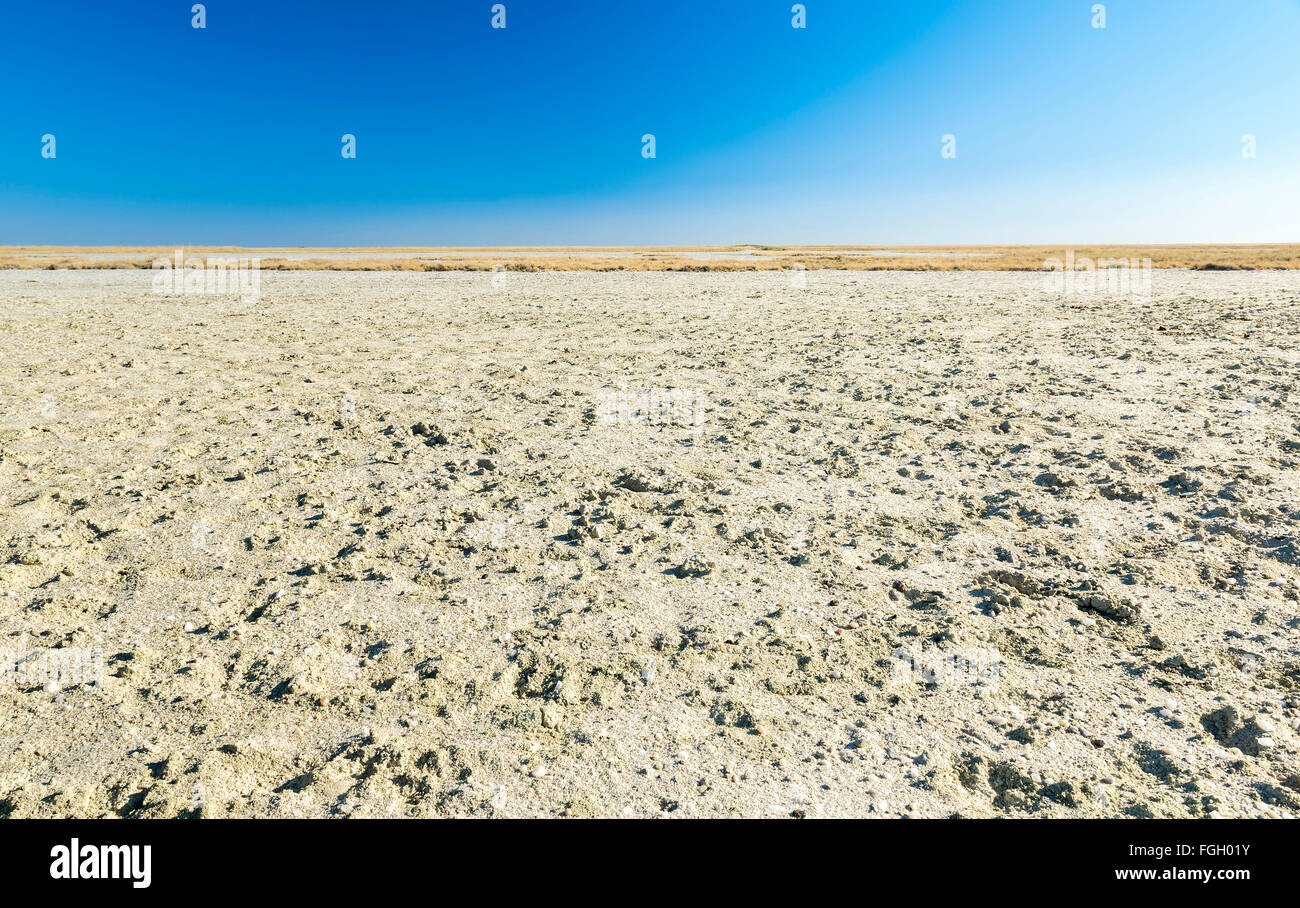
Makgadikgadi Pan salt flats under a big blue sky in Botswana, Africa Stock Photo Alamy
This detailed astronaut photograph shows the salt ponds of one of Africa's major producers of soda ash (sodium carbonate) and salt. Soda ash is used for making glass, in metallurgy, in the detergent industry, and in chemical manufacture. The image shows a small part of the great salt flats of central Botswana known as the Makgadikgadi Salt Pans.
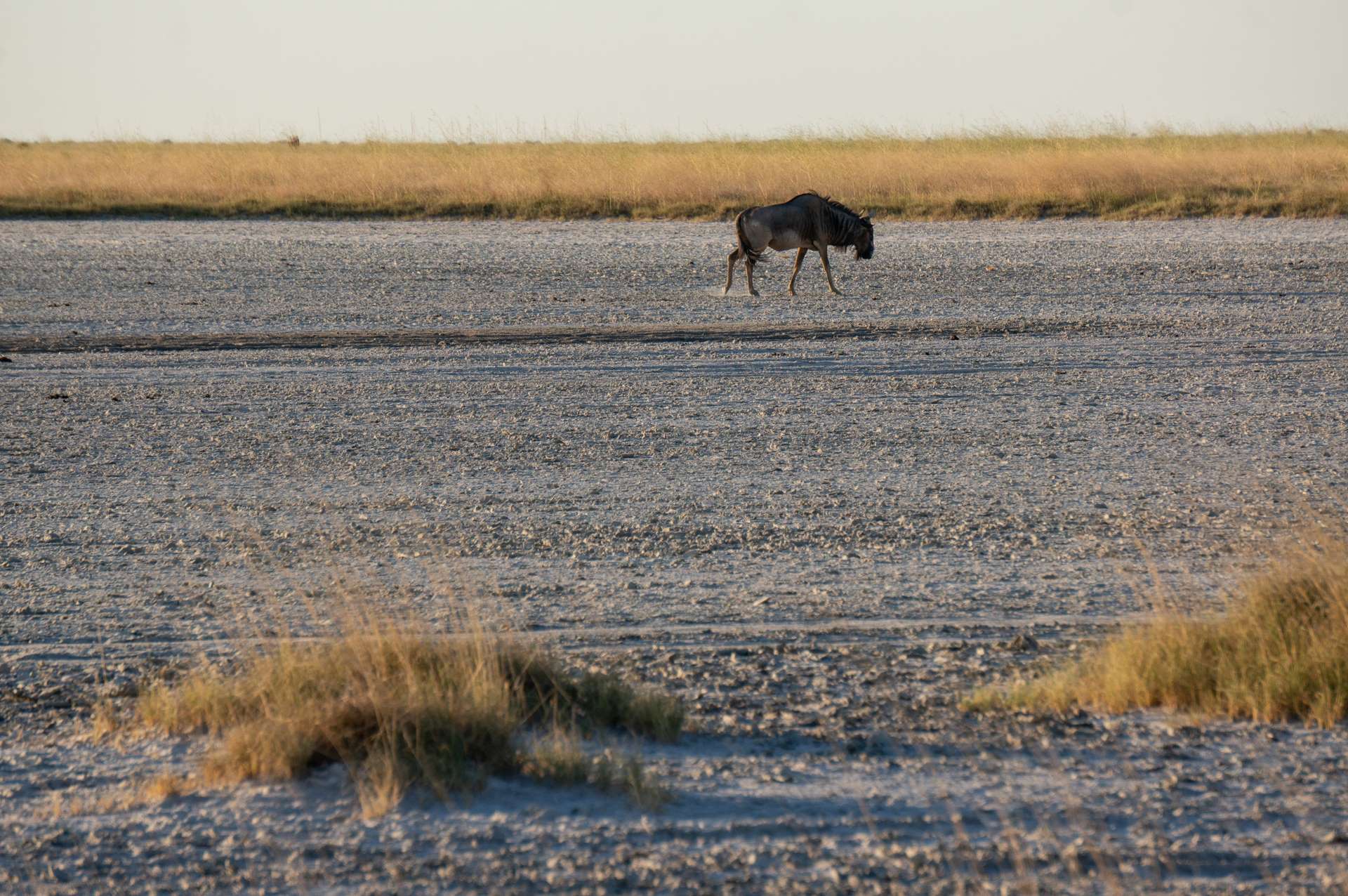
Botswana Salt Pans Detailed Guide with Map
Trip Ideas Adventure Travel I Quad Biked 250 Miles Across Botswana's Salt Flats — Here's How to Plan Your Own Epic Adventure On an adventure across one of Botswana's most remarkable.

Salt Flat, Kubu Island, Makgadikgadi Pan, Botswana Photograph by Stefan Schütz Pixels
The Ntwetwe Pan is a large salt pan within the Makgadikgadi region of Botswana. The Ntwetwe is one of three large pans within the Makgadikgadi, the other two being Nxai Pan and Sua Pan. [1] Ntwetwe Pan is now a seasonal lake with filling occurring in the rainy season.
:max_bytes(150000):strip_icc()/botswana-quad-biking-salt-flats-2-QUADSWANA0722-2d0ffa6991784303962d336f6f700c8b.jpg)
I Quad Biked 250 Miles Across Botswana's Salt Flats — Here's How to Plan Your Own Epic Adventure
The Botswana Salt Pans are composed of several large pans, mainly enclosed between the A30 and A3 highways, about 150 km east of Maun. They contain a few protected areas such as Makgadikgadi Pans and Nxai Pan National Parks, and the Nata Bird Sanctuary. Botswana Salt Pans Map + − Topography Trails Parks Other Leaflet Tips for the Botswana Salt Pans